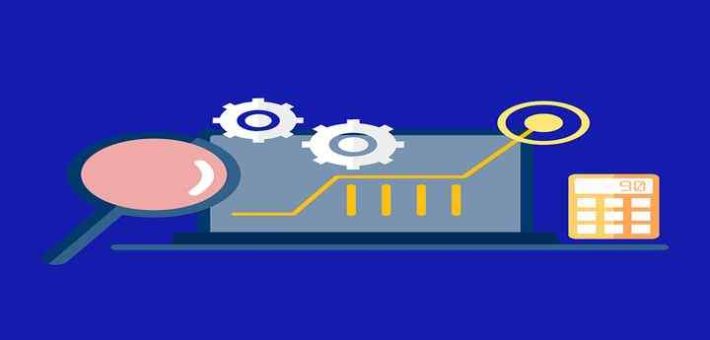ISA 520, Analytical procedures
ISA 520 Analytical procedures is concerned with using analytical procedures in the overall review, as substantive procedures. Here on MCQs.club we have prepared easy Multiple-Choice Questions (MCQs) on ISA 520 revised IFAC that fully cover the ISA 520 summary and definition, ISA 520 Analytical procedures MCQs with answers, these MCQs are a basis of conclusions. These MCQ on SA 520 are helpful for Competitive exams, Professional Accountancy exams and Business management exams.
- Analytical procedures – ‘Evaluations of financial information through analysis of plausible relationships among both financial and non-financial data and investigation of identified fluctuations, inconsistent relationships or amounts that differ from expected values.’
- The above statement is correct
- The above statement is incorrect
- Analytical procedures include comparisons of the entity’s financial information with, examples include:
- Comparable information for prior periods.
- Anticipated results of the entity, such as budgets or forecasts, or expectations of the auditor, such as an estimation of depreciation.
- Both A&B
- None
- Analytical procedures include consideration of relationships, example include:
- Among elements of financial information that would be expected to conform to a predictable pattern based on the entity’s experience, such as gross margin percentages.
- Between financial information and relevant non-financial information, such as payroll costs to number of employees.
- Both A&B
- None
- Analytical procedures must be used:
- at the audit planning stage, in order to gain a better understanding of the client entity and its business, and help identify areas of high audit risk.
- at the end of the audit, in the overall review of the audit, to assist the auditor when forming an overall conclusion as to whether the financial statements are consistent with his understanding of the entity.
- as a substantive procedure during the audit
- All of the above
- ISA 520 Analytical procedures is concerned with – using analytical procedures in:
- the overall review
- as substantive procedures.
- Both A&B
- None
- Examples of unusual items in the financial statements that analytical procedures would reveal are:
- a substantial increase in sales revenue but a substantial decrease in the cost of sales
- a significant change in the gross profit margin
- a significant increase or decrease in administrative expenses
- a significant increase or decrease in selling and distribution expenditure
- All of the above
- Several factors should determine the extent to which the auditor can use analytical procedures as a form of substantive audit evidence. ISA 520 requires the auditor to:
- develop an expectation of recorded amounts or ratios and evaluate whether that expectation is sufficiently precise to identify a misstatement.
- determine the suitability of particular substantive analytical procedures for given assertions.
- evaluate the reliability of the data from which the expectation has been developed.
- All of the above
- Substantive analytical procedures may provide sufficient appropriate audit evidence for a particular assertion if:
- the assessed risk of material misstatement is not considered significant
- the outcome is sufficiently accurately predictable such that sufficient appropriate audit evidence could be obtained through the use of substantive analytical procedures alone.
- Both A&B
- None
—more to come soon—




